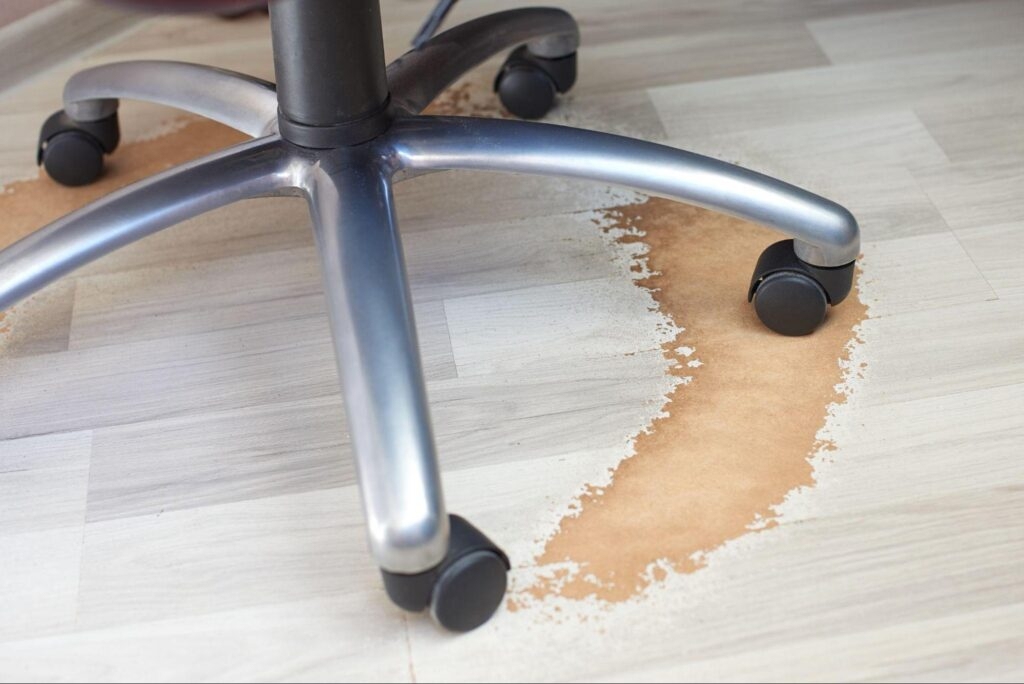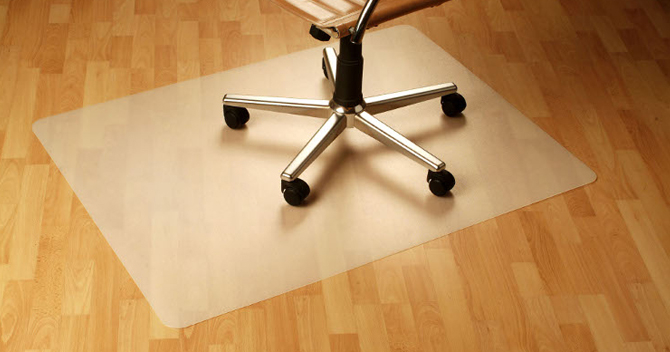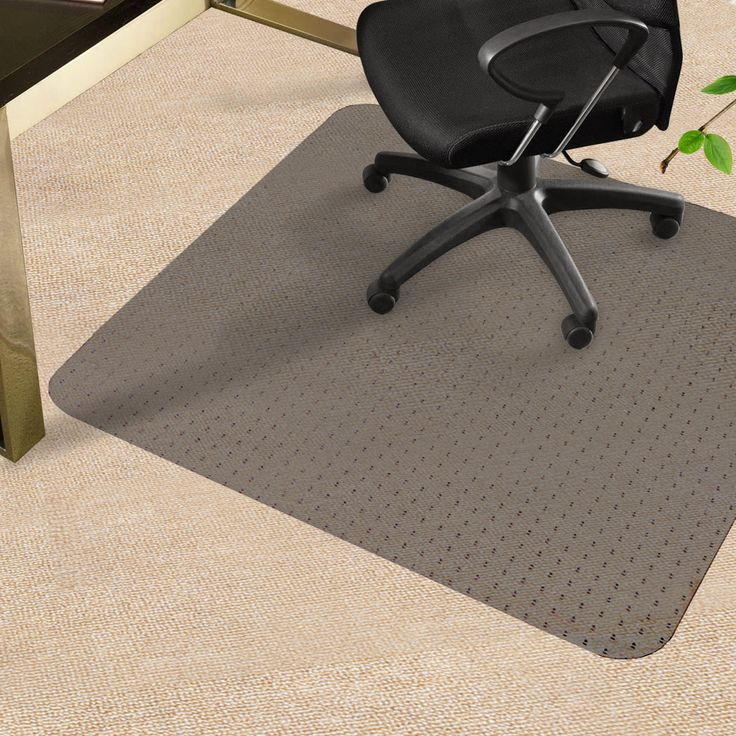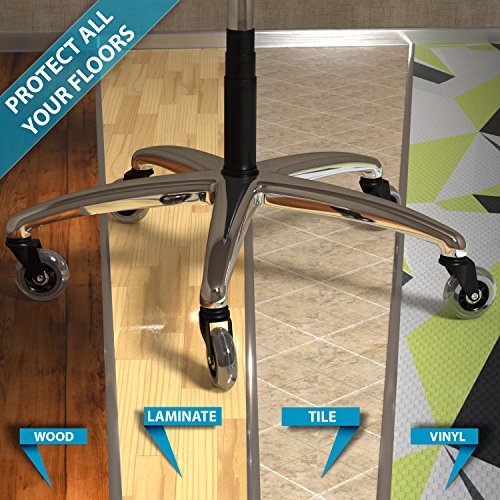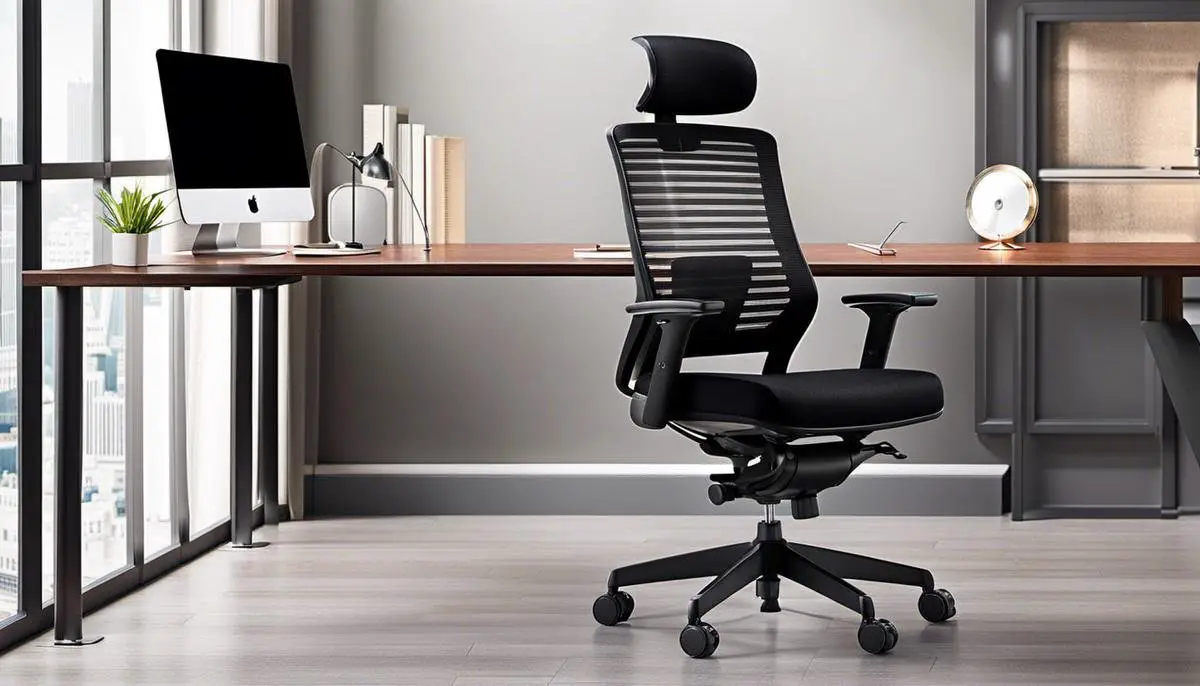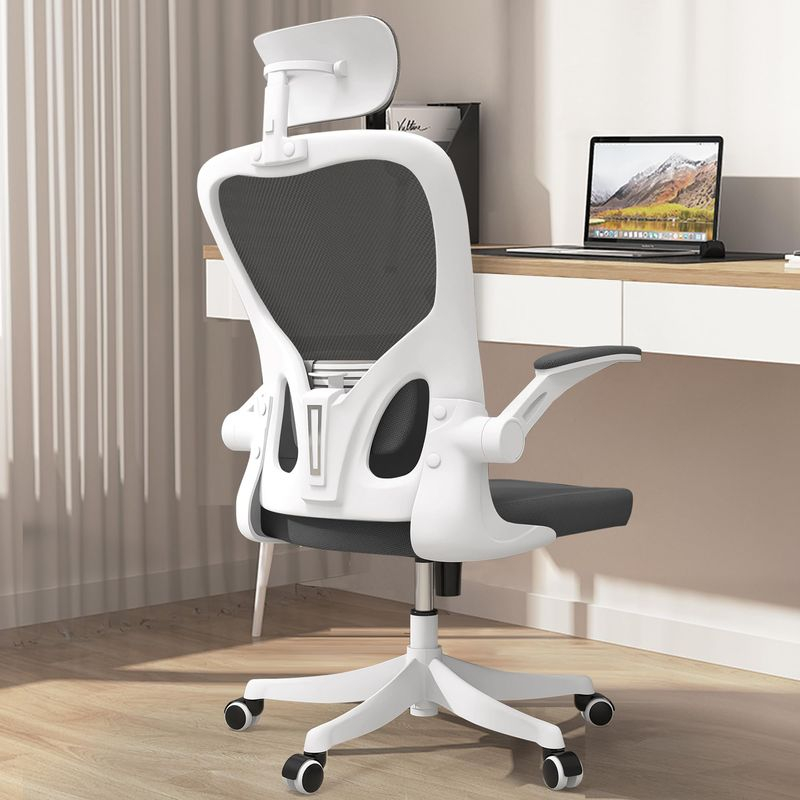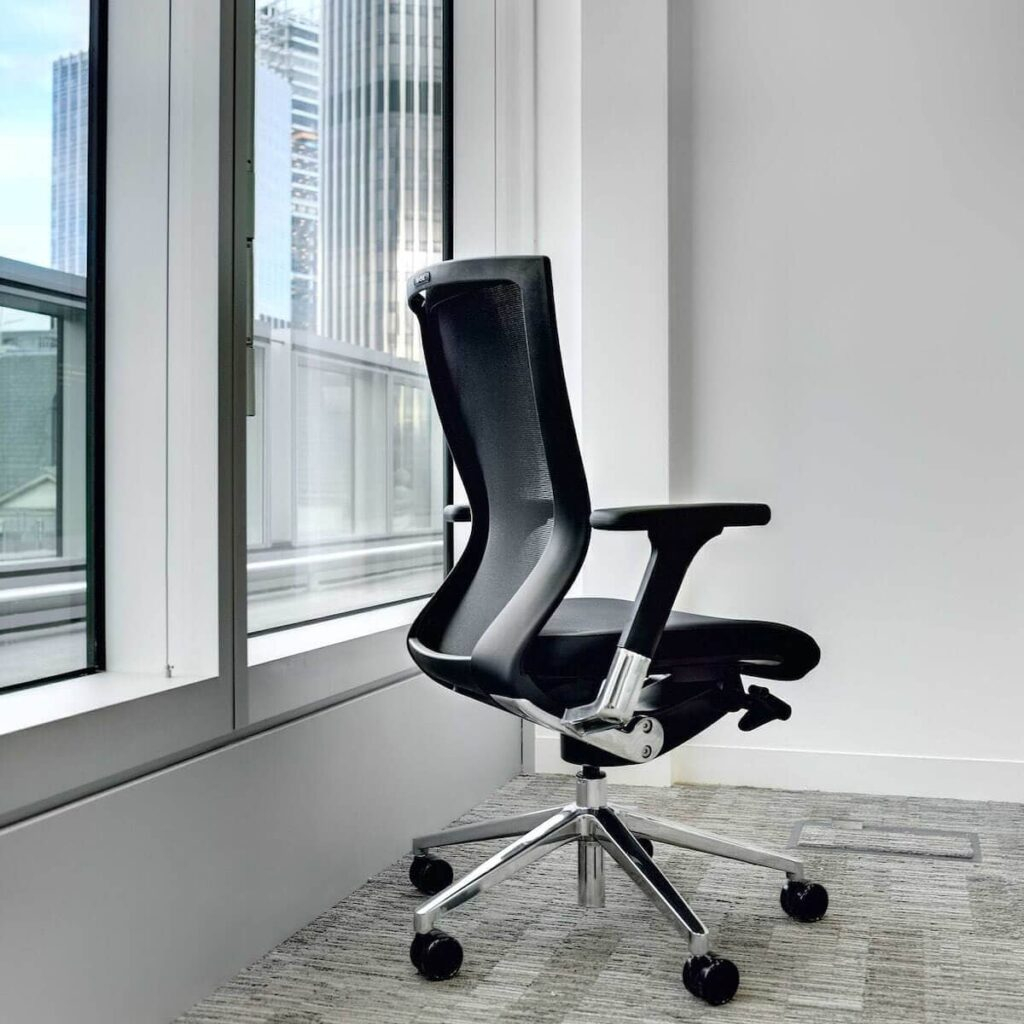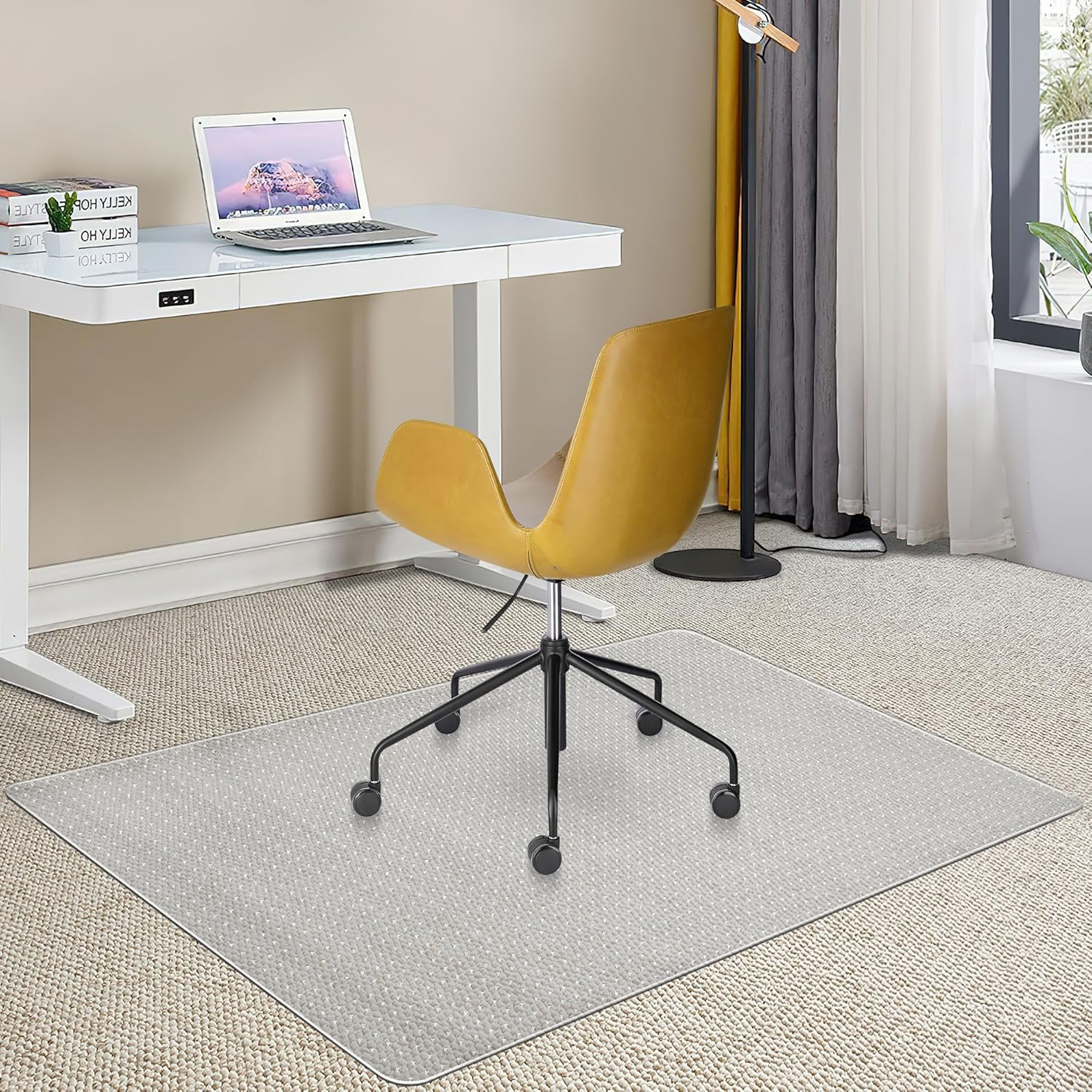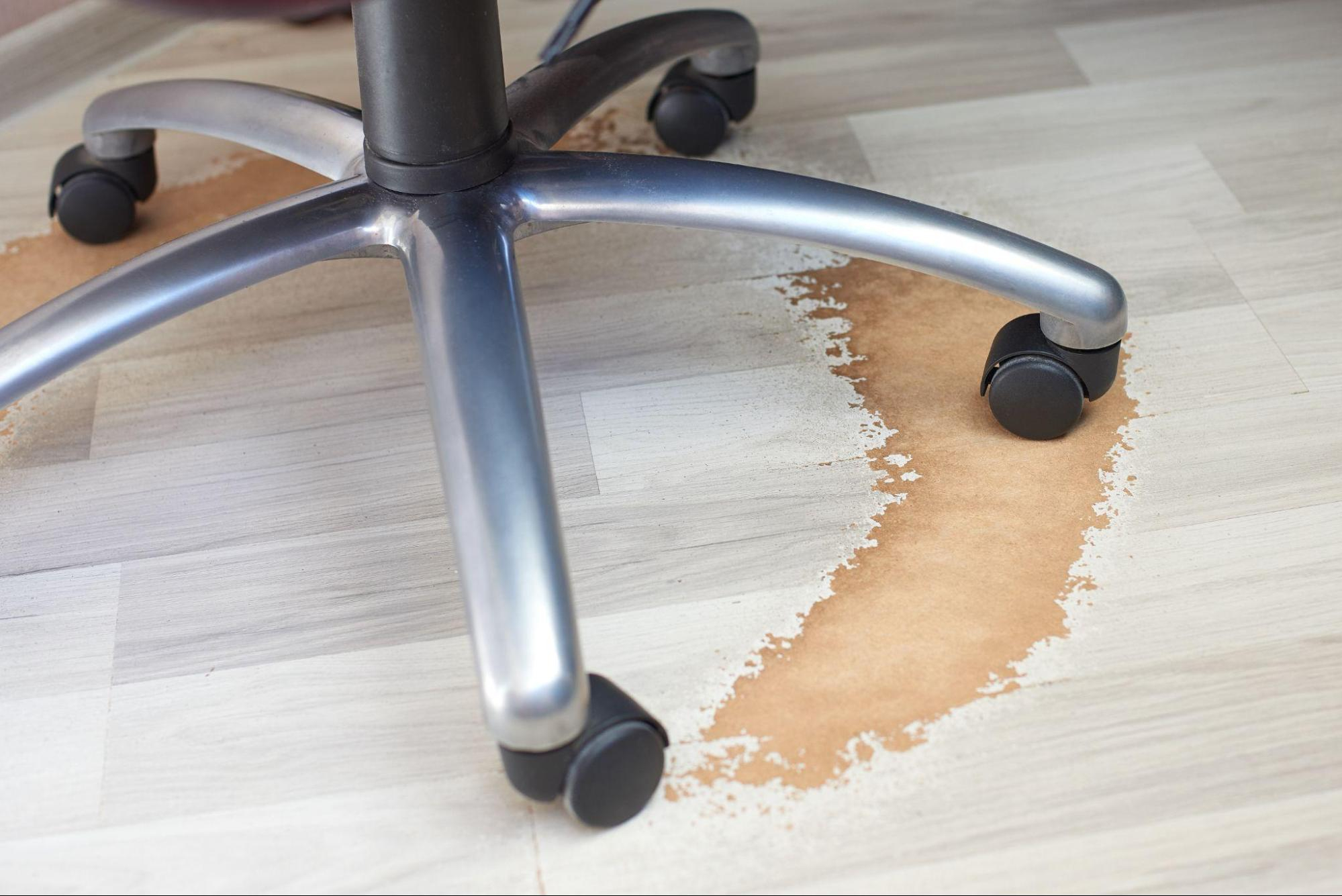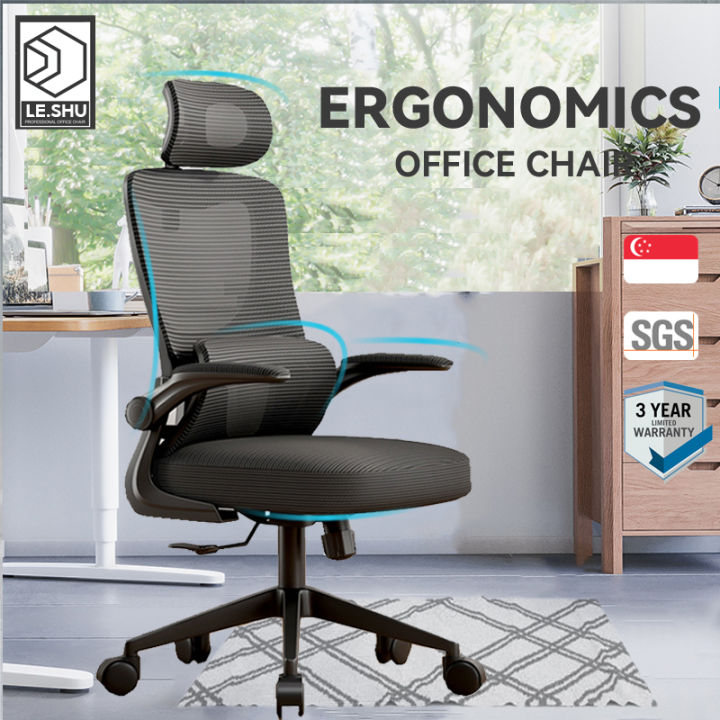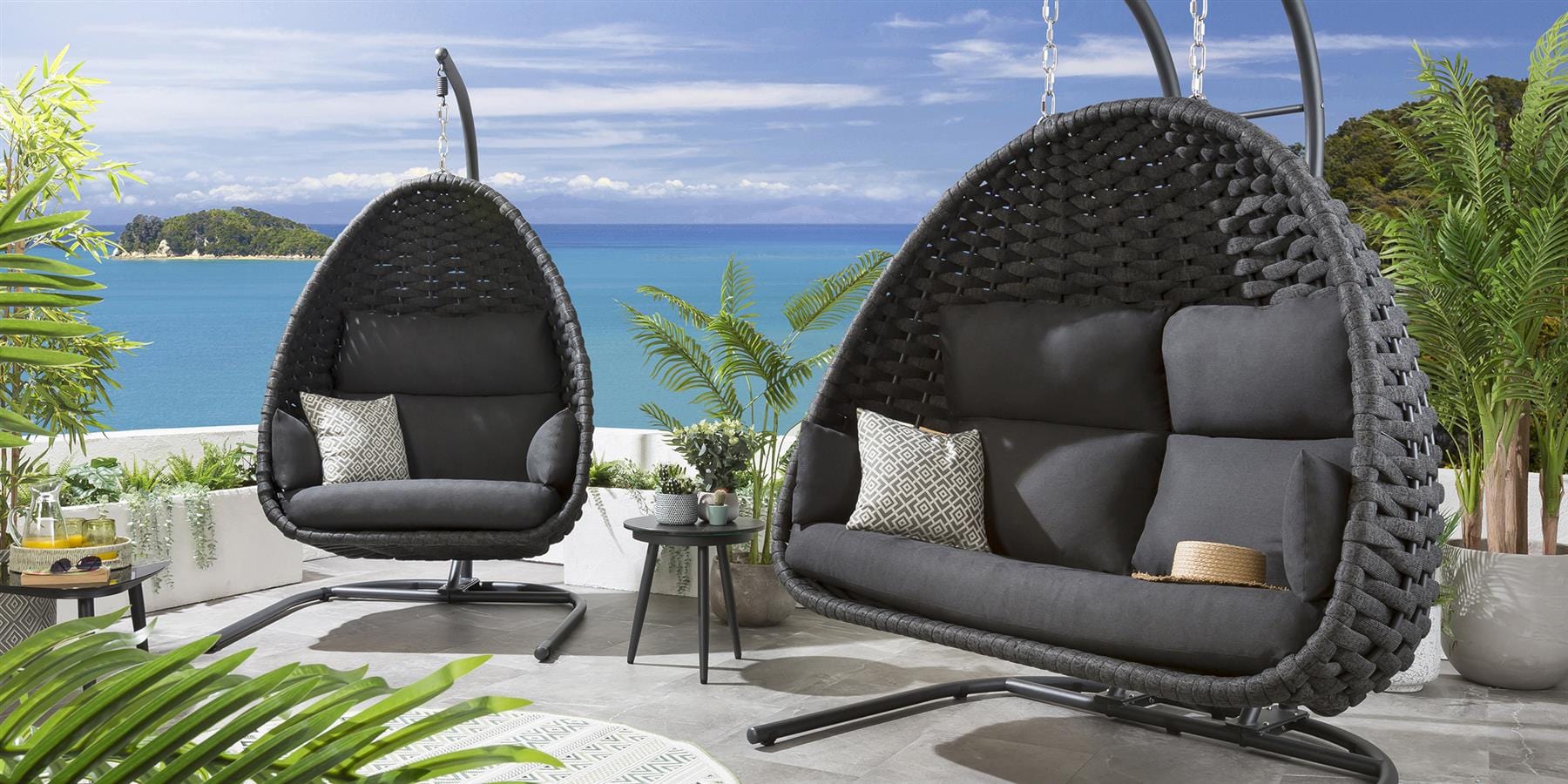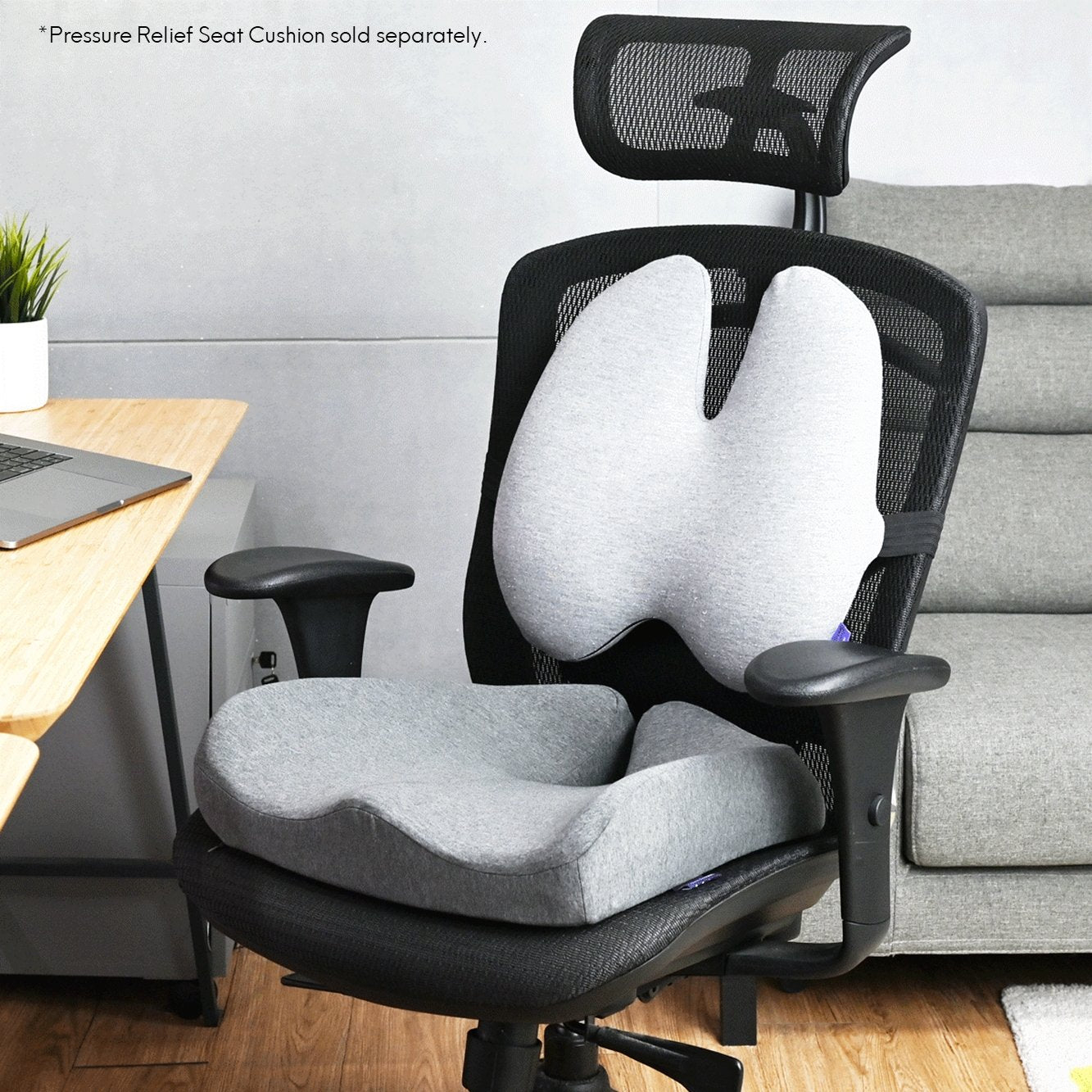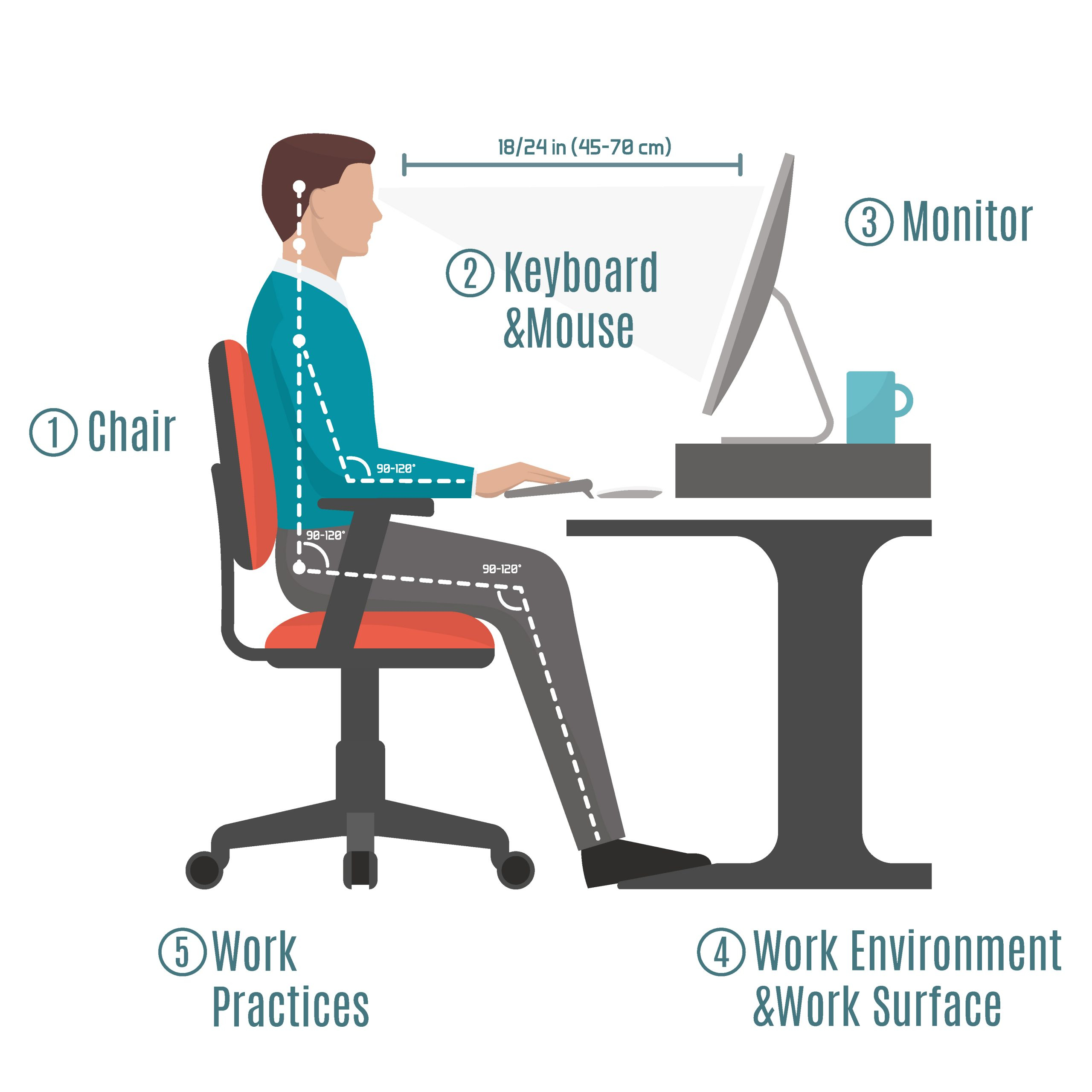Tired of those unsightly gouges and scuffs marring your beautiful floors? Office chairs, with their constant movement, are notorious culprits. But what if there was a simple, effective solution? This guide unlocks the secrets to using office chair protectors to maintain flawless floors, making your workspace both elegant and protected.
We’ve all been there. You invest in stunning hardwood, gleaming tile, or plush carpet, only to see it gradually chipped away by the relentless rolling of an office chair. It’s frustrating, isn’t it? Those little scratches and worn patches can really detract from the look and feel of your home or office. But the good news is, you don’t have to live with it. Office chair protectors, often called chair mats or floor mats, are the unsung heroes in this battle. They’re designed to create a barrier between your chair’s casters and your precious flooring. Yet, not all protectors are created equal, and simply buying one isn’t always enough. Understanding the nuances of these protectors is key to achieving truly scratch-free floors.
Why Floor Protection is Crucial for Office Chairs
Let’s face it, office chairs are workhorses. They’re moved, swiveled, and rolled countless times a day. Each tiny movement, especially with chairs that have hard plastic casters, can inflict damage. Think about it: those small wheels are constantly grinding against the floor surface. Over time, this friction wears down the finish, creates scratches, and can even lead to deeper gouges, particularly on softer materials like wood or vinyl. Carpets can suffer from crushed fibers and fraying. This not only looks bad but can also be expensive to repair. Proper floor protection isn’t just about aesthetics; it’s about preserving the value and integrity of your flooring investment.
Understanding Different Types of Chair Protectors
The world of chair protectors is more diverse than you might think. The primary distinction lies in the material and the type of flooring they’re designed for.
- For Hard Floors (Wood, Tile, Vinyl, Laminate): These typically use smooth, durable plastic like polycarbonate or PET. Polycarbonate is generally considered more resistant to cracking and shattering, and it’s often clearer, blending better with your floor. Look for protectors with a smooth underside to prevent scratching. Some might have very small, unobtrusive cleats if you need a bit of grip, but be cautious with these on delicate finishes.
- For Carpets: Carpet protectors usually feature small, spiky ‘cleats’ on the underside. These anchor the mat firmly into the carpet pile, preventing it from shifting and bunching up. The cleat design needs to be appropriate for your carpet’s thickness – too short and they won’t grip, too long and they might damage thicker carpets or create an uneven surface.
It’s vital to pick the right type for your specific flooring. Using a carpet mat on a hardwood floor, for example, will almost certainly cause scratches due to the cleats.
Key Features to Look For: Beyond the Basics
When you’re shopping for that perfect protector, what should you really be paying attention to? It’s more than just the material.
- Thickness and Durability: A flimsy protector will crack or warp quickly. Opt for a thicker gauge, especially if you have heavier furniture or a high-traffic area. Polycarbonate is often a good choice for its strength and clarity.
- Edge Design: Consider the edges. Beveled edges make it easier to roll your chair on and off the mat, reducing the risk of tripping and preventing corner damage. For carpet, ensure the edges are designed to lie flat.
- Size and Shape: Measure your typical chair movement area. Do you mostly stay in one spot, or do you roll around a lot? Choose a mat that’s large enough to cover your entire range of motion. Rectangular mats are common, but some offer extended lip designs to cover the area under your desk.
- Transparency/Color: For hard floors, clear or lightly tinted protectors are best to showcase your flooring. For carpets, darker colors might be more practical to hide wear and tear.
Proper Placement and Usage for Maximum Protection
You’ve got the right protector, now how do you use it effectively? It might seem straightforward, but a few tips can make all the difference.
- Cleanliness is Key: Before placing your new protector, thoroughly clean both the underside of the mat and your floor. Dust and debris trapped underneath can act like sandpaper, causing scratches.
- Secure Placement: Ensure the mat is positioned correctly and lies flat. For carpet mats, give it a few days to settle and allow the cleats to grip. For hard floors, make sure there’s no rocking or shifting.
- Mind Your Casters: While the protector is your main defense, keeping your chair’s casters clean can also help. Remove any debris like hair, dirt, or small stones that might get caught.
- Regular Checks: Periodically lift the mat to clean underneath and inspect both the mat and the floor for any signs of wear or damage. This is especially important if you notice any shifting or if your chair feels like it’s catching on something.
Maintenance Tips for Longevity
To ensure your chair protector continues to do its job effectively for years to come, a little maintenance goes a long way. Think of it like maintaining any other useful item.
- Regular Cleaning: Wipe down the surface of the protector with a damp cloth and mild soap as needed. For hard floor protectors, avoid abrasive cleaners that could scratch the plastic.
- Deep Cleaning: Periodically, lift the mat and give both sides a good wash. For carpet mats, vacuum them thoroughly. Make sure both the mat and the floor are completely dry before replacing the mat to prevent mold or mildew.
- Inspect for Damage: Keep an eye out for any cracks, chips, or significant wear on the protector itself. A damaged mat can become a hazard and may no longer offer adequate protection. Replace it if you notice any substantial issues.
Beyond the Protector: Holistic Floor Care
While chair protectors are fantastic, they’re part of a larger picture when it comes to keeping your floors in tip-top shape. Consider these additional practices:
- Entryway Mats: Place mats at all entrances to your home or office to trap dirt and grit before it can be tracked inside and potentially onto your chair protectors or directly onto the floor.
- Slippers or Shoe Covers: Encouraging a ‘shoes off’ policy or using designated indoor slippers can significantly reduce the amount of debris brought onto your floors.
- Regular Floor Cleaning: Beyond what’s under the chair, maintain a regular cleaning schedule for all your floors. Vacuuming carpets and sweeping or mopping hard floors will remove abrasive particles that can cause wear.
- Consider Different Chair Feet: For very delicate floors, or if you want an extra layer of care, you might explore furniture glides or felt pads that can be attached directly to the chair legs, offering protection even when the chair isn’t on its mat.
Keeping your floors scratch-free doesn’t have to be a constant battle. By understanding the importance of office chair protectors, choosing the right type for your specific flooring, and practicing good placement and maintenance, you can effectively shield your floors from the daily wear and tear of office chair movement. It’s a simple investment that pays dividends in preserving the beauty and value of your home or workspace. So, take a moment to assess your needs, select a quality protector, and enjoy the peace of mind that comes with knowing your floors are well-protected.

